The role of interactive touch panels in scientific research
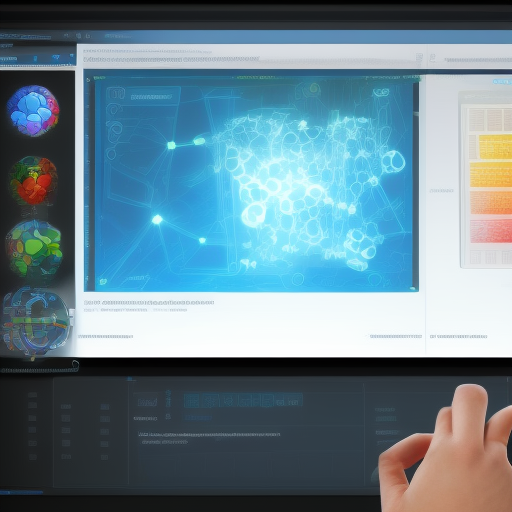
Interactive touch panels can play an important role in scientific research by providing researchers with a powerful tool for data visualization, collaboration, and analysis. Here are some examples of how touch panels can be utilized in scientific research:
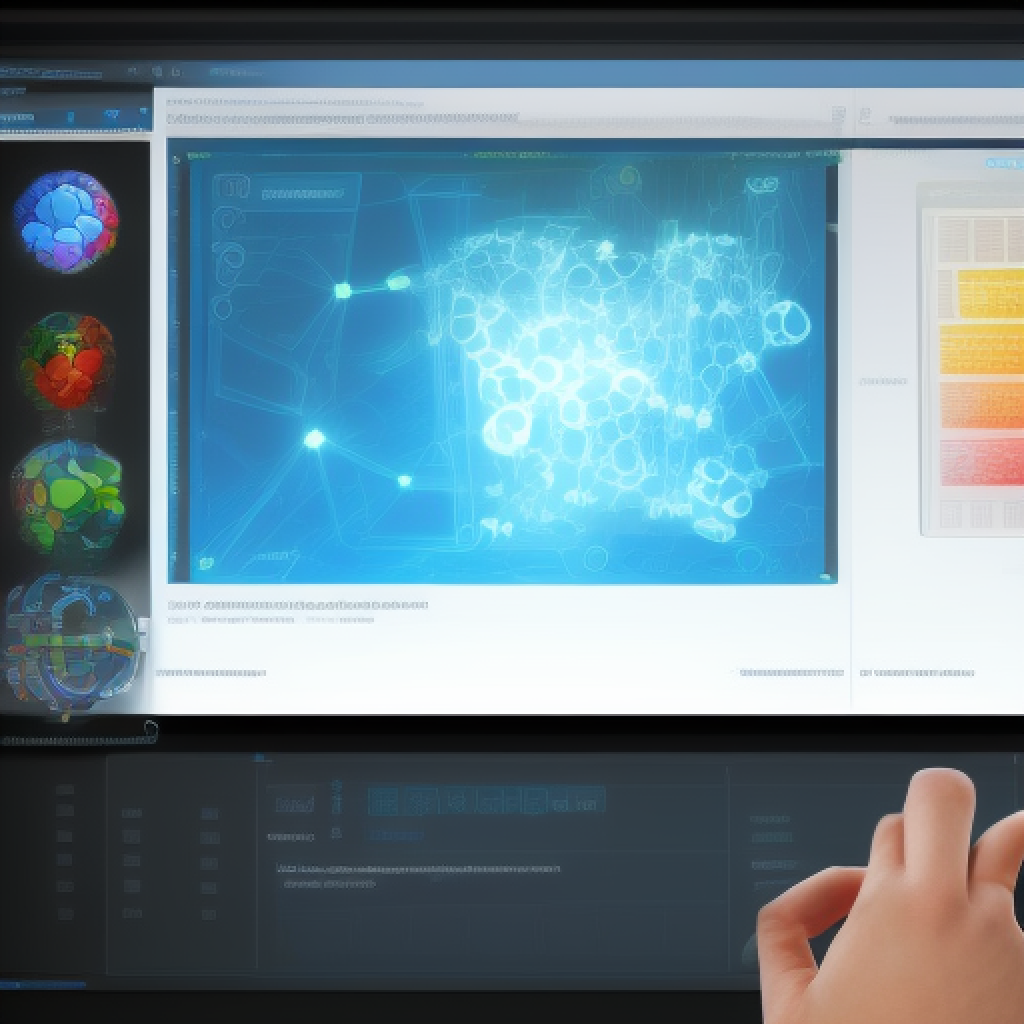
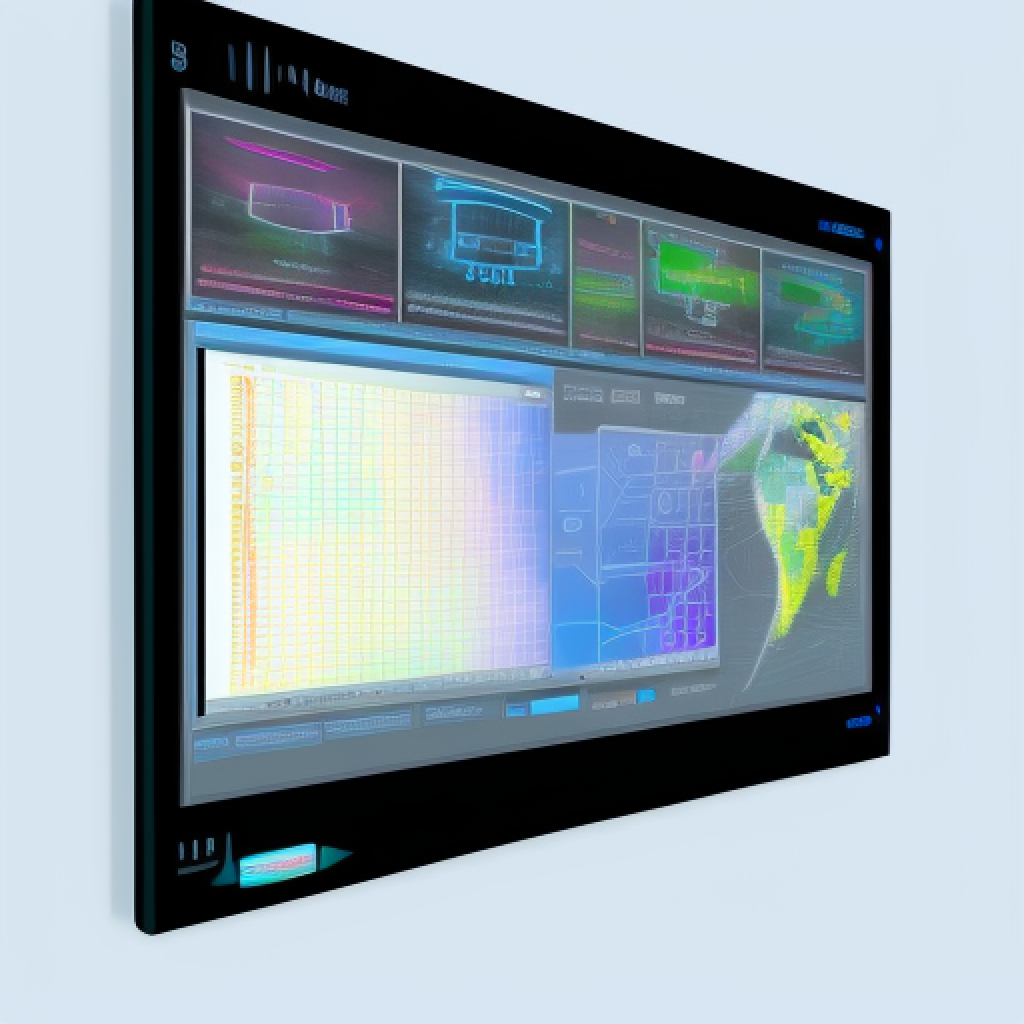
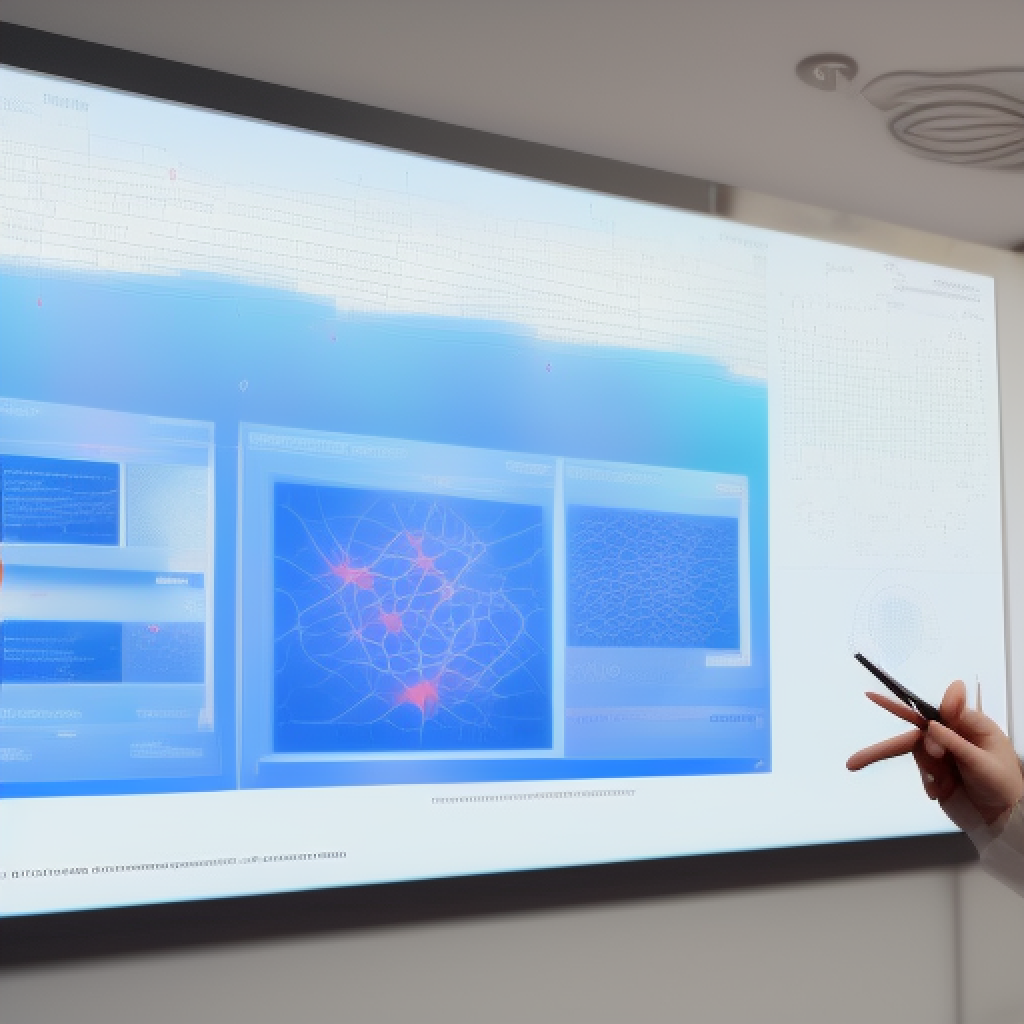
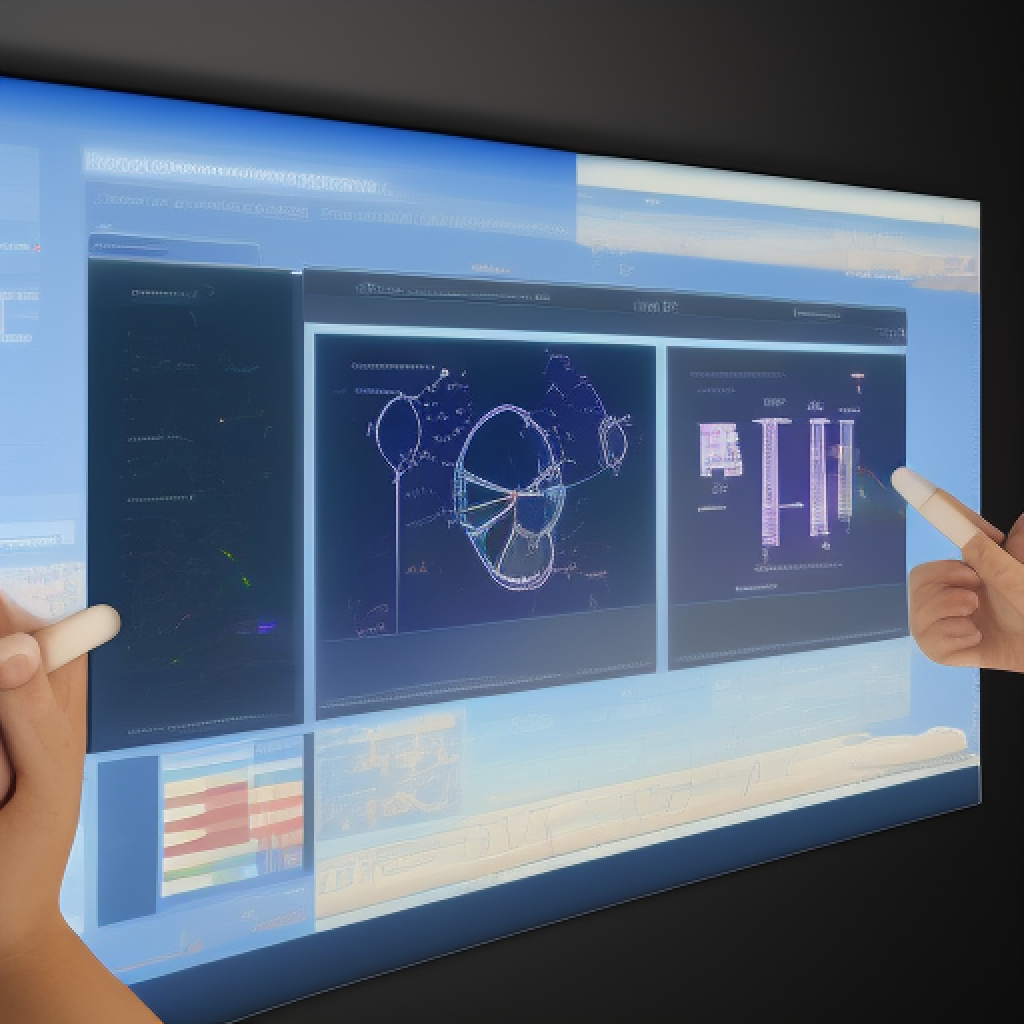
Data visualization has become increasingly important in the modern era of information technology. With an ever-increasing amount of data generated every day, it has become essential to present complex data sets in a visual format that is easy to comprehend. Interactive touch panels have emerged as a valuable tool in displaying such data sets. Interactive touch panels are devices that use advanced touch technology to provide users with an interactive experience. They can be used to display a wide range of content, including videos, images, and text. In the context of data visualization, touch panels are used to display graphs, charts, and 3D models, allowing researchers to better understand and analyze their data. One of the primary benefits of using touch panels for data visualization is the ability to interact with the data. This means that researchers can manipulate the data and view it from different angles, allowing them to gain a deeper understanding of the data set. For example, a researcher might use a touch panel to view a complex graph and zoom in on a particular section to study it in more detail. Another benefit of touch panels is their ability to display large amounts of data in a clear and concise manner. Traditional methods of displaying data, such as spreadsheets, can be overwhelming and difficult to comprehend. Touch panels, on the other hand, can display data in a visual format that is easy to understand at a glance. Touch panels are also highly customizable, allowing researchers to tailor the display to their specific needs. They can choose the type of visualizations they want to display, the colors and fonts used, and the layout of the data. This level of customization allows researchers to create a display that is not only informative but also visually appealing. In conclusion, interactive touch panels are a valuable tool in the field of data visualization. They provide researchers with a powerful tool for displaying complex data sets in a visual format that is easy to comprehend. With their ability to interact with the data, display large amounts of information, and customize the display, touch panels are sure to become an essential tool for researchers in the years to come.
Collaboration has become an integral component of research projects in recent years, as it fosters innovation and provides a platform for researchers to exchange ideas and work together to achieve common objectives. One of the most efficient tools for facilitating collaboration between researchers is touch panels. These panels provide a platform for researchers to work together on the same data set in real-time. Touch panels are particularly useful for interdisciplinary research projects, where researchers from different fields come together to tackle complex problems. Interdisciplinary research projects require the input of researchers from different areas of expertise, and touch panels provide a platform for these researchers to share their ideas and collaborate on a common goal. The use of touch panels in research collaboration has many advantages. Firstly, it eliminates the need for researchers to be physically present in the same location. This is particularly beneficial for international research collaborations where researchers are based in different countries. With the use of touch panels, researchers can collaborate remotely, saving time and money on travel expenses. Secondly, touch panels provide a shared workspace where researchers can work together in real-time. This allows for instant feedback and the ability to refine ideas and concepts collaboratively. It also reduces the need for multiple versions of the same document or data set, as all changes and updates can be made in real-time on the shared touch panel. Thirdly, touch panels enhance the visual aspect of collaboration by providing a large, interactive display. This enables researchers to explore and manipulate data in a way that is not possible on a traditional computer monitor. It also allows for the simultaneous display of multiple data sets, providing a holistic view of the research project. In conclusion, touch panels are an excellent tool for facilitating collaboration between researchers. They provide a shared workspace, eliminate the need for physical presence, enhance the visual aspect of collaboration, and are particularly useful for interdisciplinary research projects. With the ever-increasing trend towards collaboration in research, touch panels are becoming an essential tool for researchers worldwide.
Touch panels have revolutionized the way researchers communicate their findings in conferences and meetings. Gone are the days when a dry, lengthy presentation would leave the audience bored and disinterested. With touch panels, researchers can create interactive presentations that engage their audience in a meaningful way, enhancing the impact of their research. Interactive presentations allow researchers to convey their message more effectively by combining text, images, videos, and other multimedia elements. Touch panels provide an intuitive interface that allows users to navigate through the presentation seamlessly. This not only makes the presentation more engaging, but it also helps the audience to retain the information better. The combination of visual and auditory inputs stimulates the human brain, making it easier for the audience to comprehend complex concepts. Moreover, touch panels are also very flexible in terms of the content they can display. Researchers can use them to showcase their data in various formats, including graphs, charts, and tables. They can also include interactive elements that allow the audience to manipulate the data, providing a deeper understanding of the research. This way, researchers can use touch panels to personalize their presentations, tailoring it to the specific needs and interests of their audience. Touch panels have also made it easier for researchers to collaborate and network with their peers. With interactive presentations, researchers can share their research with their colleagues from around the world, no matter where they are. They can also receive feedback in real-time, allowing them to refine their research as they go along. This has helped to create a more collaborative and dynamic research environment, where researchers can learn from each other’s experiences and expertise. In conclusion, touch panels have transformed the way researchers communicate their findings in conferences and meetings. Interactive presentations have made the process more engaging, effective, and collaborative, enhancing the impact of research. As technology continues to evolve, we can expect touch panels to play an even more critical role in the future of research communication.
In today’s technological era, touch panels are widely used in various industries, including laboratories, to simplify numerous tasks and optimize productivity. The use of touch panels in lab management has been a game-changer, enabling lab managers to manage their operations with ease. One of the most significant advantages of using touch panels in lab management is the ability to manage inventory. Keeping track of the supplies and equipment that are necessary for your research can be a daunting task. However, touch panels make this possible by providing real-time updates on inventory levels. This helps lab managers to monitor and control the usage of supplies and equipment, ensuring that they are readily available when needed. Scheduling is another area where touch panels can improve lab management. Scheduling experiments, tests, and other tasks is crucial for effective lab management. Touch panels make it possible to schedule and prioritize tasks with ease. They also provide a visual representation of the lab’s activities, allowing lab managers to allocate resources and prioritize tasks based on their importance. Equipment maintenance is also critical in lab management. The failure of a critical piece of equipment can cause significant delays in research work. Touch panels can be used to monitor the usage and maintenance of lab equipment. They can provide alerts when equipment needs servicing and even enable remote servicing. This helps lab managers to maximize the lifespan of their equipment, minimize downtime, and reduce maintenance costs. Apart from streamlining lab workflows, touch panels also improve productivity. With touch panels, lab managers can access information quickly and make informed decisions. They can also delegate tasks to the appropriate personnel and maintain effective communication within the lab. This allows the lab to run efficiently and effectively. In conclusion, touch panels have revolutionized lab management by simplifying inventory management, scheduling, equipment maintenance, and improving productivity. If you are a lab manager, you may want to consider incorporating touch panels into your lab management practices to streamline your operations, optimize productivity, and reduce costs.
Touch panels have revolutionized the way researchers conduct experiments by providing an efficient and convenient means of controlling experiments. These user-friendly interfaces enable scientists to adjust parameters and monitor results in real-time, allowing them to optimize experimental conditions and increase the accuracy of their research. The use of touch panels has become increasingly popular in various scientific fields, including biotechnology, chemistry, and physics. This is because these panels offer a range of benefits that traditional methods of experimentation cannot provide. For instance, the ease of use that touch panels offer can help reduce the likelihood of human error and save time in terms of data collection and analysis. Furthermore, touch panels also provide a high level of control over experimental conditions. Researchers can use the panels to make real-time adjustments to parameters such as temperature, humidity, and light intensity. This level of control ensures that experiments are conducted in a consistent manner and that results are reproducible. Moreover, touch panels also allow researchers to access data from previous experiments, which can be useful in identifying trends and patterns. With this information, researchers can make informed decisions about the direction of their research and adjust their experimental protocols accordingly. In conclusion, the use of touch panels in experiment control has transformed the way scientists conduct research. With these panels, researchers can achieve greater accuracy, efficiency, and control over their experiments. Touch panels are a valuable tool that is here to stay and will continue to play a vital role in various fields of science.
Overall, the use of interactive touch panels in scientific research can enhance collaboration, improve data visualization and analysis, and streamline laboratory operations, leading to more efficient and impactful research outcomes.







